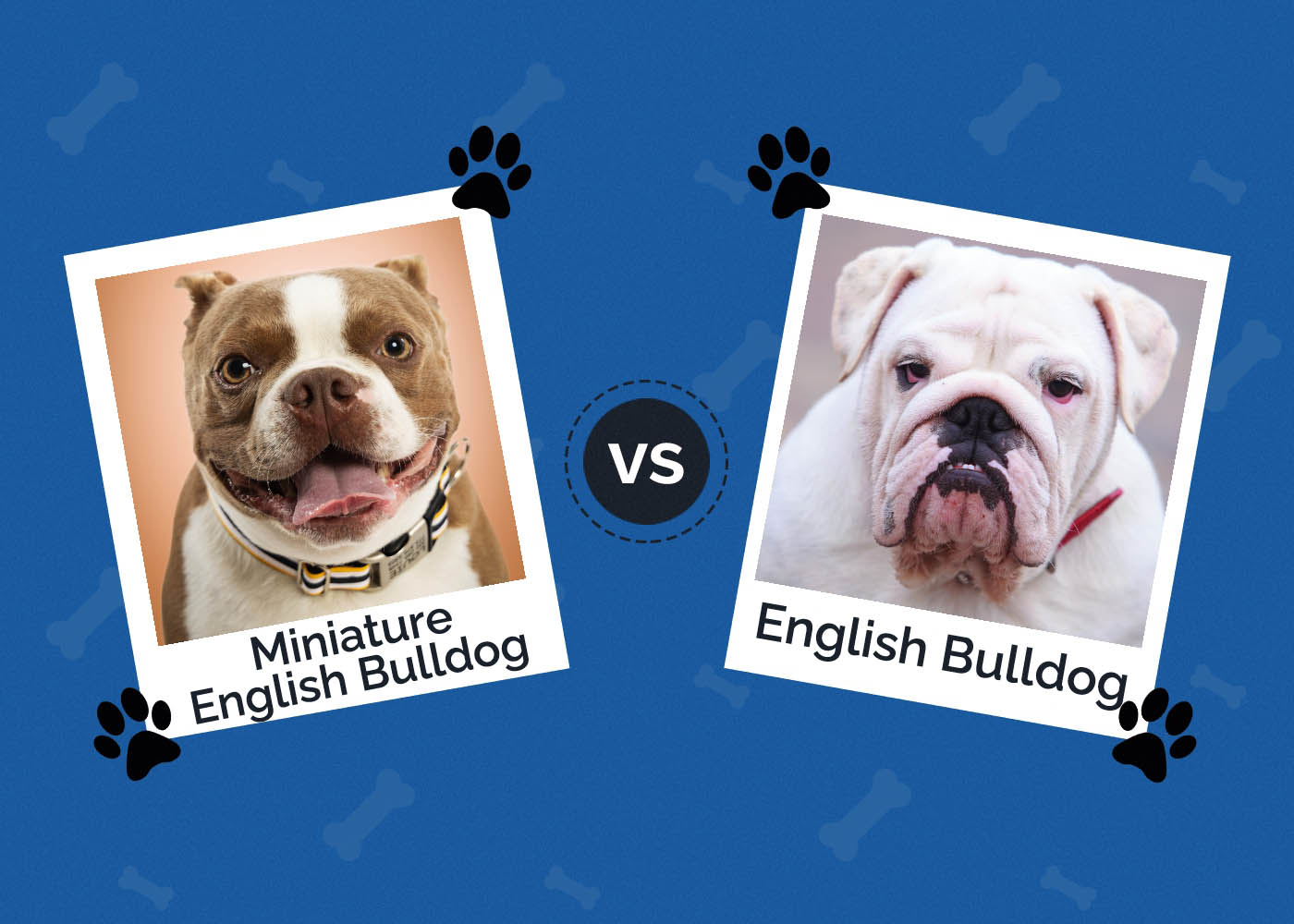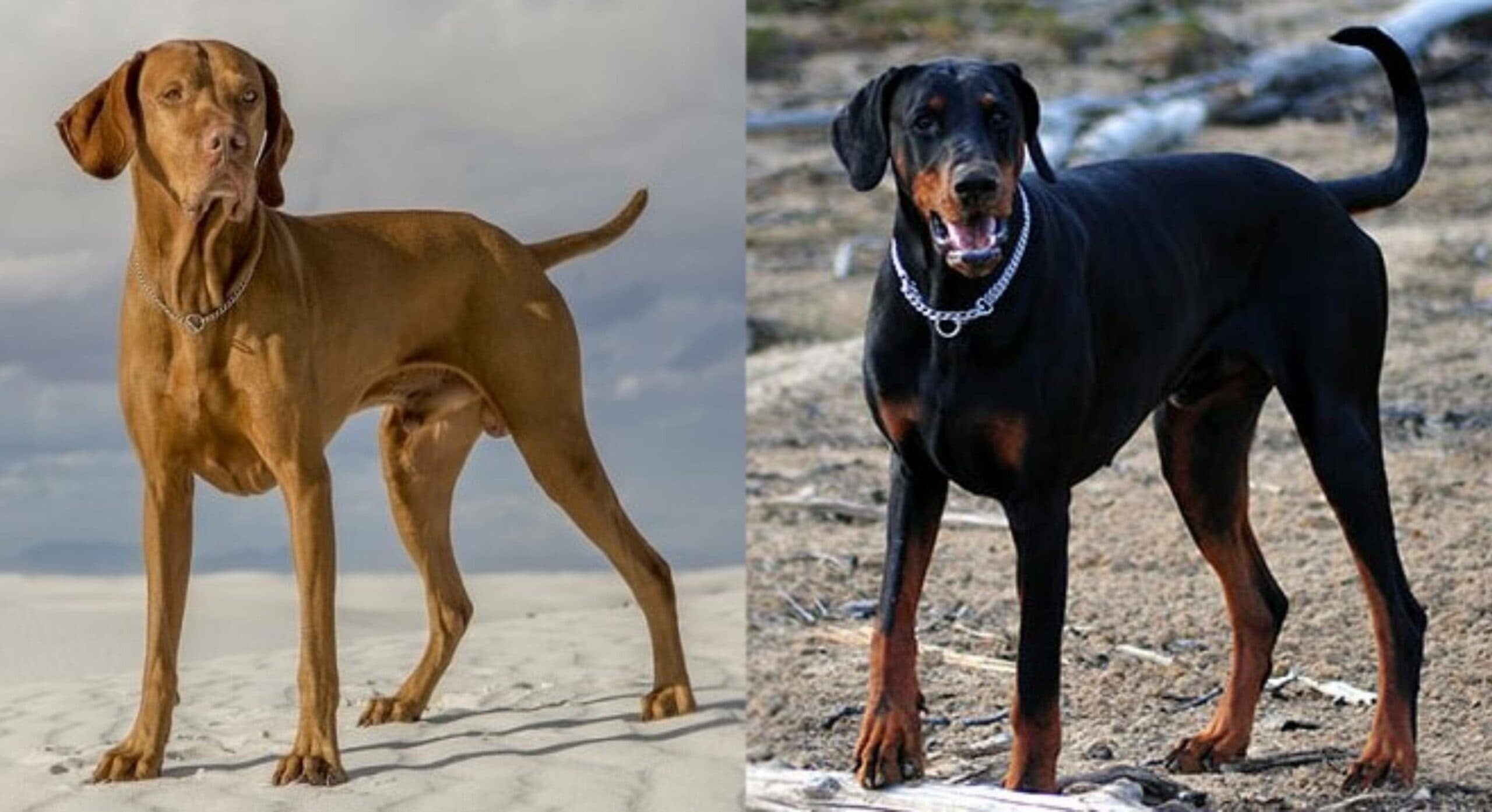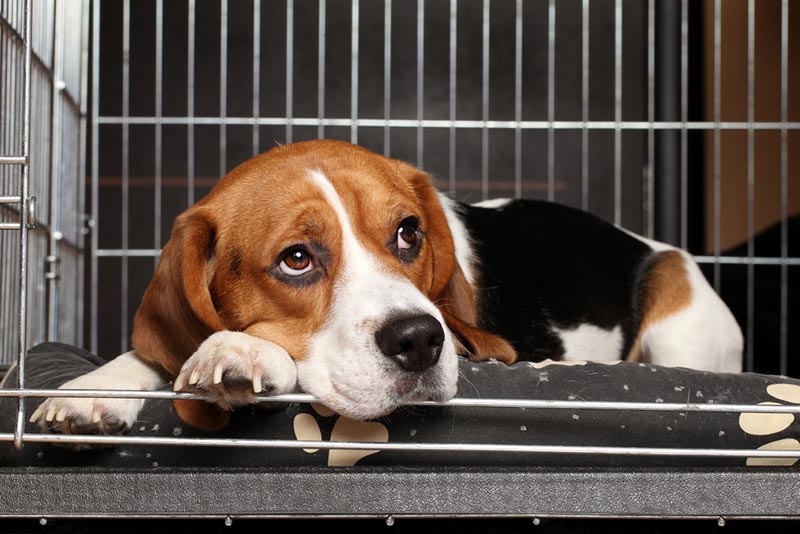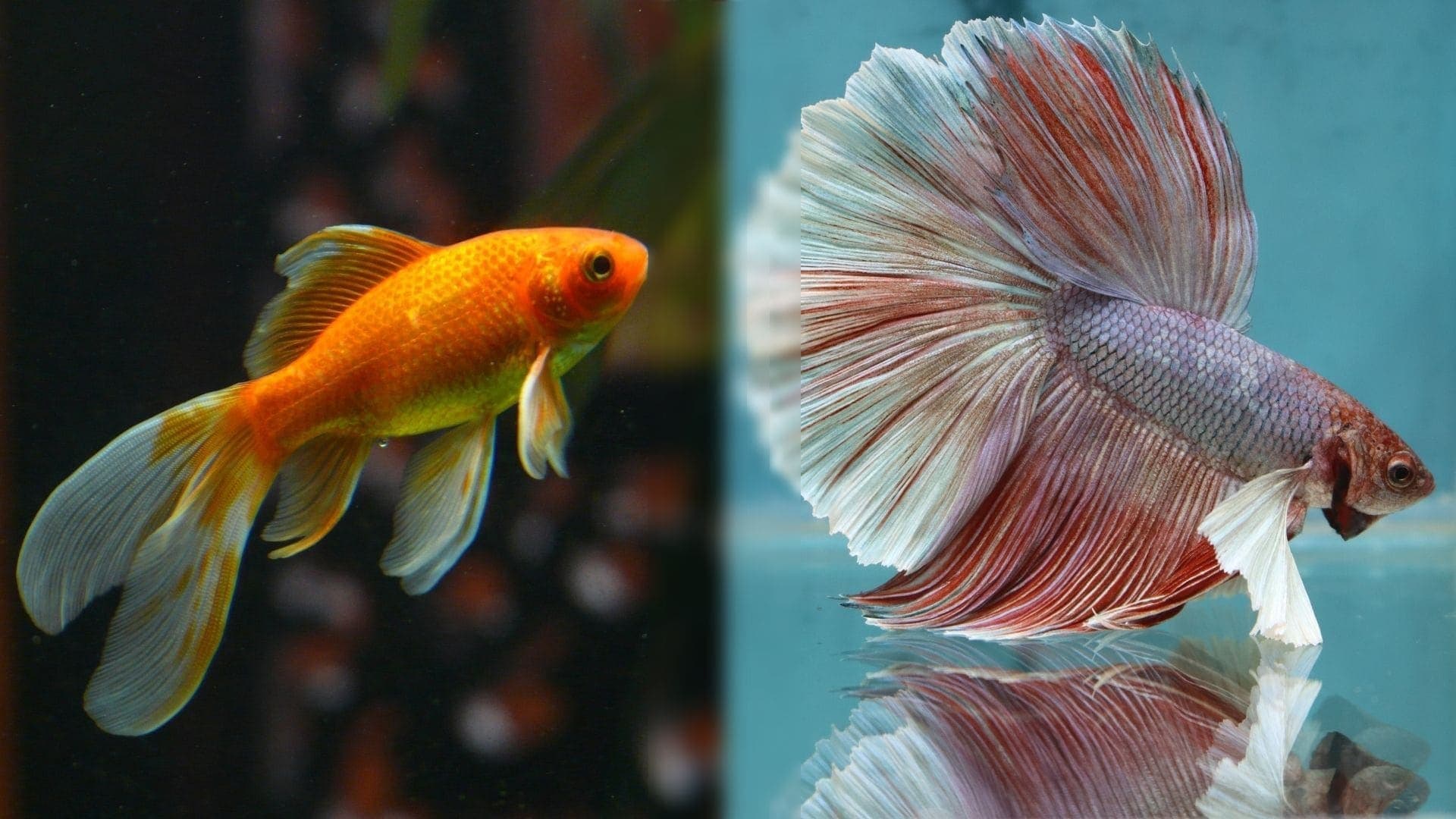Tibetan Wolfhound: Info, Pictures, Characteristics & Facts
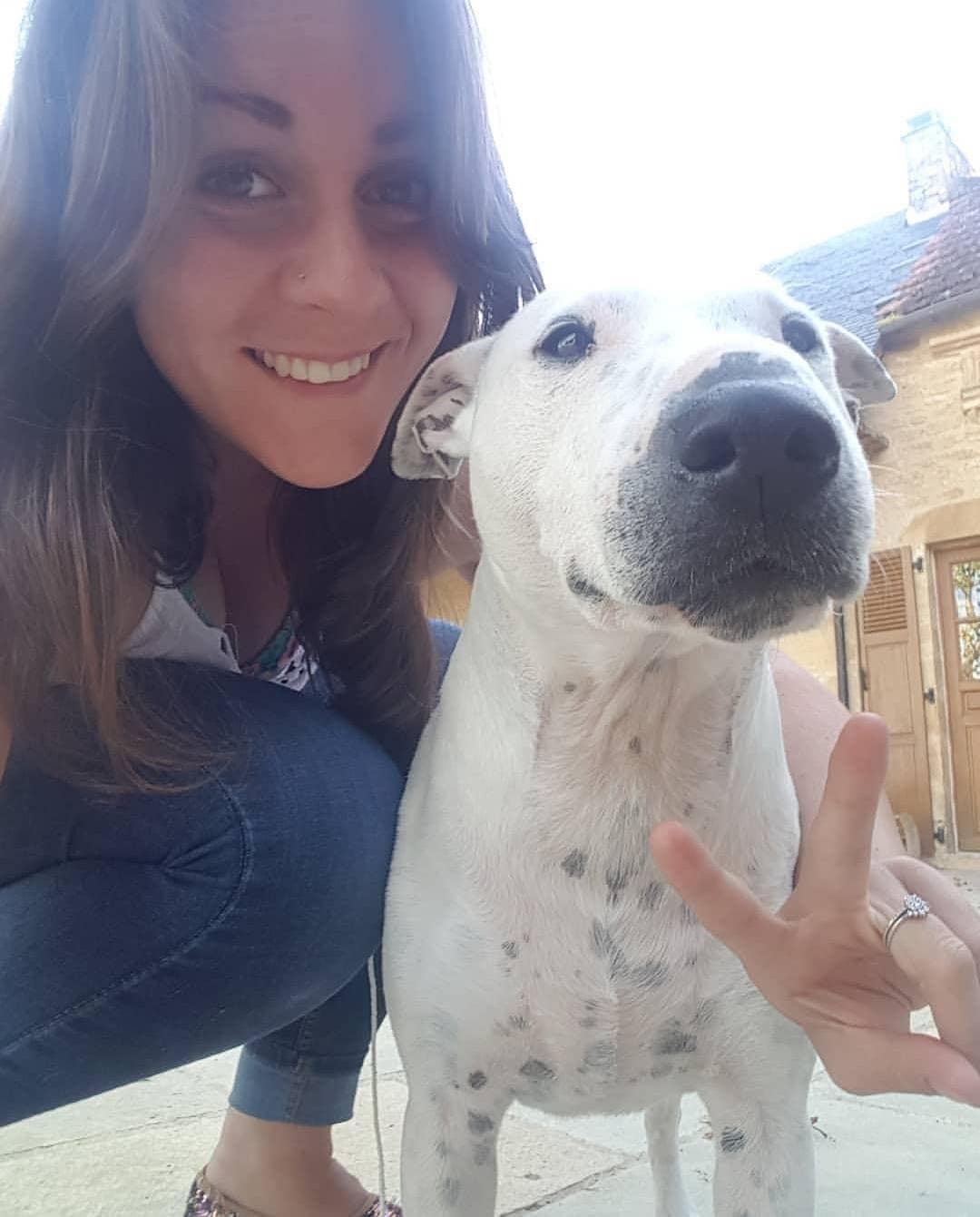
By Emma Braby
Updated on
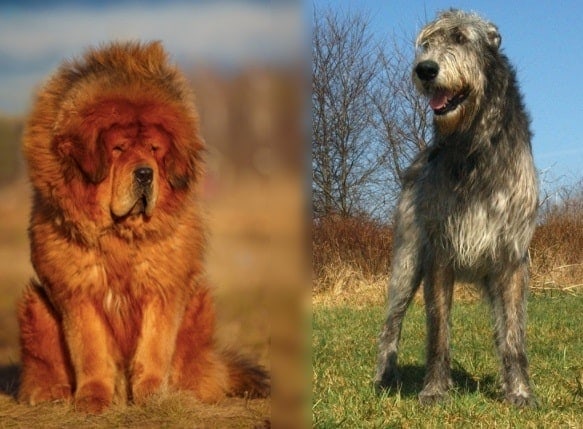
| Height: | 30–33 inches |
| Weight: | 160–180 pounds |
| Lifespan: | 8–10 years |
| Colors: | Black, gray, fawn |
| Suitable for: | Active families looking for an intelligent and independent dog |
| Temperament: | Fearless, smart, independent, gentle |
You couldn’t ask for a more friendly and delightful dog than the Tibetan Wolfhound. He gets this loving temperament from both parent breeds, the Irish Wolfhound and the Tibetan Mastiff. They seem to get along with everyone or at least a few special human or canine friends. The only exception is strangers, the Tibetan Wolfhound makes an excellent watchdog.
The Tibetan Wolfhound is a striking dog that certainly has a presence. He carries himself in a dignified manner that’s hard not to notice. His size comes into play with many aspects of owning this pup. Both parent breeds have a long history that goes back hundreds of years. That long association with people has influenced the temperament, physiology, and intelligence of the Tibetan Wolfhound.
The Tibetan Mastiff and Irish Wolfhound are opposites in many ways, which you’ll see. The fact that the breeds have been around as long as they have is probably one of the few things they share in common. Underscoring it all is a dog that will make a loyal companion in the right home.
Tibetan Wolfhound Puppies
Perhaps two factors stand out when considering a Tibetan Wolfhound as a pet. First, there is their size. His ideal weight puts him in the giant class of dogs. That means higher expenses for the essentials, such as food. Suffice it to say that it’s more expensive to own a large dog versus a smaller one, especially if he picks up destructive habits like chewing or digging.
The second thing to bear in mind is the shorter lifespan of a Tibetan Wolfhound. It’s just a fact that these pups don’t live as long as other dogs for many reasons, their size is one of them. Both factors may play a role in the parent breeds’ relatively lower popularity in the number with the American Kennel Club.
Nevertheless, there are also many outstanding reasons to consider getting a Tibetan Wolfhound. He is an intelligent dog that can learn new commands and tricks quickly. While sensitive, he is also tolerant of being alone, although we don’t recommend doing so. Both parent breeds have a strong prey drive and high wanderlust potential. A fenced-in yard is a must-have for this pup.
3 Little-Known Facts About the Tibetan Wolfhound
1. The History of the Tibetan Mastiff Is Lost to Time
The Tibetan Mastiff is an ancient breed, which their name implies. However, how he came about is a mystery for which there is no answer. Written records go back to at least 1100 BC in China. He likely was a faithful companion in war and peace with the Greeks and Romans.
2. The Irish Wolfhound Is Appropriately Named
The Irish Wolfhound is also from ancient stock. His large size suited him and his primary job, hunting wolves. At one time, they were a scourge of rural Ireland. These dogs fearless defended their families and attacked the wolves. He did his job so well that the wolves almost became extinct.
3. There Is a Memorial Featuring the Irish Wolfhound at Gettysburg
Three regiments of the Irish Brigade fought at the Battle of Gettysburg. In a memorial to the soldiers who perished, artist William R. O’Donovan created a fitting sculpture of an Irish Wolfhound mourning his lost master.

Temperament & Intelligence of the Tibetan Wolfhound
Both the Tibetan Mastiff and Irish Wolfhound are family dogs. They are also quite intelligent. However, the Tibetan Wolfhound is independent and sometimes willful. He may get bored quickly if he doesn’t have enough mental stimulation. He is a dog that requires a commitment of time and energy from a prospective owner lest he develop bad habits.
Part of the reason for their temperament is their history. The Irish Wolfhound was a sight hunter. Back in the day, he likely acted alone to locate predators. The Tibetan Mastiff, on the other hand, may have fought alongside soldiers in battle. It probably fueled his courage and independent nature.
Are These Dogs Good for Families? 🏡
The Tibetan Wolfhound is loving and protective of his family. The Mastiff in him isn’t as tolerant of small children, whereas the Wolfhound is ready for play. The former is also more reserved, with almost a feline personality. The latter is like a big kid himself. The dominant breed is the deciding factor, but bear in mind his size. He’s probably not the best choice if you have small children.
Establishing trust with the Tibetan Wolfhound early in your relationship is imperative. He has a pack mentality that looks for a leader in his owner. Early socialization is vital for establishing proper canine manners.
Does This Breed Get Along with Other Pets? 🐶 😽
The Tibetan Wolfhound is dog-friendly, especially if you socialize him as a puppy. However, remember that he is protective of his family. That’s when he may become territorial with other canines. Even when roughhousing, he may hurt a smaller pup not out of aggression but merely because he doesn’t realize how big he is.
This dog isn’t the wisest option if you have other pets in your household, like cats. His prey drive is too ingrained in him not to give chase if another animal runs from him. He’ll do best in a home where he is the only pup.
Things to Know When Owning a Tibetan Wolfhound:
The two parent breeds have varying personalities. Whichever one is dominant can make a significant difference in your pet’s demeanor. Training and socialization are excellent ways to mold the temperament of your Tibetan Wolfhound and make him a better canine companion. Remember that owning a dog is a serious responsibility you shouldn’t take lightly.
The Tibetan Wolfhound has the quirks of the Tibetan Mastiff with the easygoing nature of the Irish Wolfhound. You won’t have a dull day with this pup in your household. He’s a loving pet, but he also has some special needs worth noting.
Food & Diet Requirements 🦴
Food is a significant part of the life of a Tibetan Wolfhound. He eats a lot, and he must also get food that supports his growth both nutritionally and in its energy density. This pup grows slower than a smaller dog, which may seem odd. We like to think he savors life and enjoys puppyhood to the fullest.
You should feed a Tibetan Wolfhound puppy more often than an adult. He needs a steady flow of nutrients and calories to support his growth and activity. Don’t skimp on the food, even if you’re dishing out a lot more cash for a giant breed. There is a moderate possibility of weight gain, making monitoring his intake vital.
Exercise 🐕
The Mastiff part of your Tibetan Wolfhound wants to run and explore the world. The Wolfhound doesn’t mind relaxing and taking in the action around him. We recommend encouraging a higher level of activity to keep your dog fit. However, you should never overexert your pup because of his propensity for bloat and cardiovascular issues.
Both parent breeds take playtime lightly. The tug-of-war game isn’t life and death. However, you should supervise exercise because of the pup’s prey drive. We also suggest mixing it up to keep your Tibetan Wolfhound mentally stimulated. It’ll make both him and you happier. It’s the quintessential win-win situation since you and your pet benefit from the increased activity.
Training 🦮
Intelligence in a dog comes with a price, not unlike what you may see in kids. Yes, they can pick up new things quicker. However, they’re also more likely to get bored with the routine. You may need to convince your pup that obeying is an intelligent thing to do. That makes the Tibetan Wolfhound a poor choice for the first-time pet owner. You’re going to have to prove your cred with him time and again.
There’s also a question of trust. The Tibetan Wolfhound demands that you establish it with him. Consistency is the key. Make sure your dog knows what you expect of him. Also, positive reinforcement is ideal for a dog with an independent streak.
Grooming ✂️
How much your Tibetan Wolfhound sheds depends on which parent breed is dominant. If the Tibetan Mastiff is the one, you can expect minimal maintenance most of the year despite the double coat’s thickness. Weekly brushing will keep him looking his best and prevent mats. He will blow his coat once a year, which will have you reaching for the vacuum cleaner.
The Irish Wolfhound, on the other hand, sheds year-round. Regular grooming is essential for this pup. You should also trim your Tibetan Wolfhound’s toenails regularly. Likewise, check his ears often since he’s prone to infections.
Health Conditions ❤️
The Tibetan Mastiff is the healthier of the two breeds. Of course, both parents are at risk for health conditions that plague many large dogs, such as hip dysplasia. However, the Irish Wolfhound brings some other concerns into the mix. Bloat or a twisted stomach is one of the disorders. As the name suggests, it is life-threatening and can come on suddenly.
Heart issues are another condition for which you need to take preventive action with annual EKGs on your pup. Reputable breeders will undertake the recommended health screenings. Because of the seriousness of many of them, we urge you not to buy a pet unless these tests have been done.
- Ear infections
- Skin issues
- Hip dysplasia
- Elbow dysplasia
- Cardiac issues
- Bloat
Male vs Female
The size difference between the two sexes is substantial. It’s a vital consideration, given the sometimes-willful nature of this pup. In short, you need to be strong enough to handle a dog that may weigh as much or more than you.
We suggest spaying or neutering your pet if you choose not to breed your Tibetan Wolfhound. However, it is something you should discuss with your vet. There are risks with either choice that you should know upfront. Altering your dog’s sex can reduce his metabolism and make him more prone to weight gain, which is something else to think about, given the Tibetan Wolfhound’s propensity for obesity.
Final Thoughts
Few dogs bring together such varying traits as the Tibetan Wolfhound. While he is decidedly rebellious at times, he is also loyal. He is intelligent, yet he gets bored with routines. He’s a giant pup who is gentle and loving with his family. The Tibetan Wolfhound isn’t right for every household, given his size and reserved manner. However, if you are willing to take the time to build a trusting relationship, you’ll reap the rewards.
Related Read:
- Tibetan Dog Breeds: Native to Tibet (With Pictures)
- Irish Setter Lab Mix: Pictures, Care Guide, Temperament & Traits
Featured Image Credit: Tatyana Kuznetsova, Shutterstock; 12019, Pixabay





